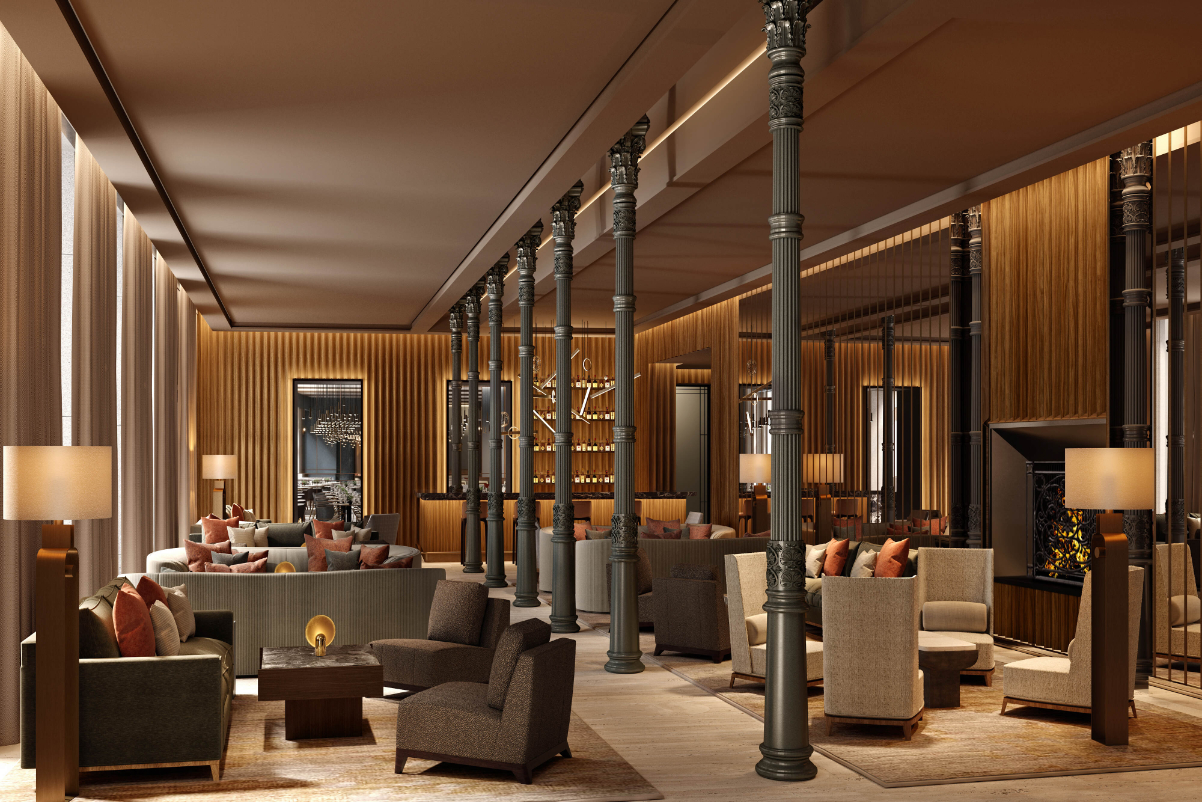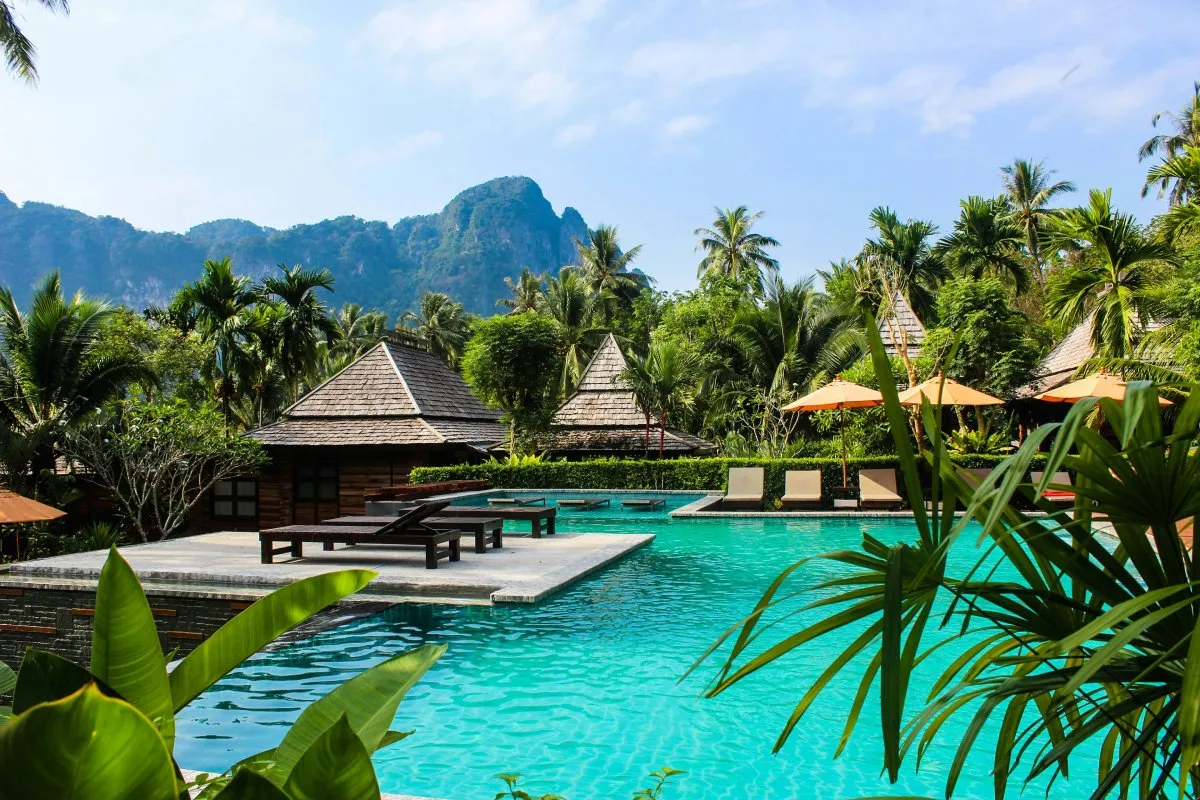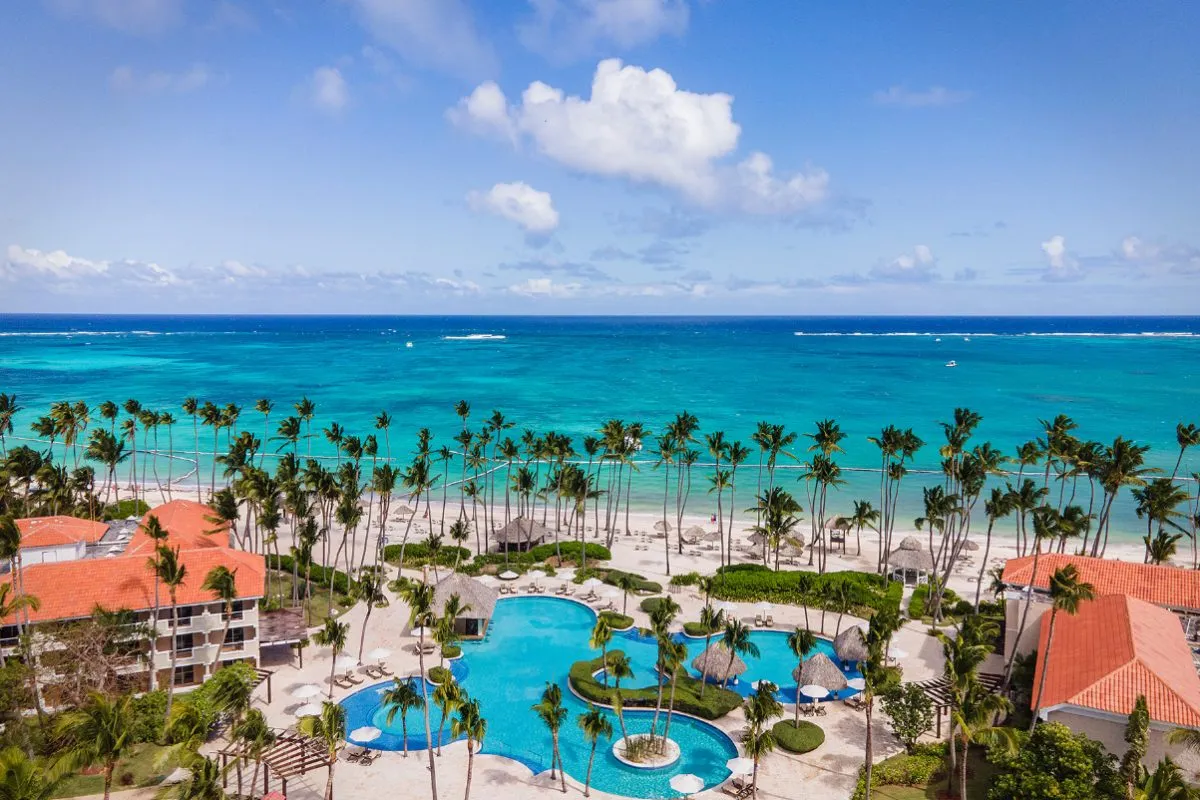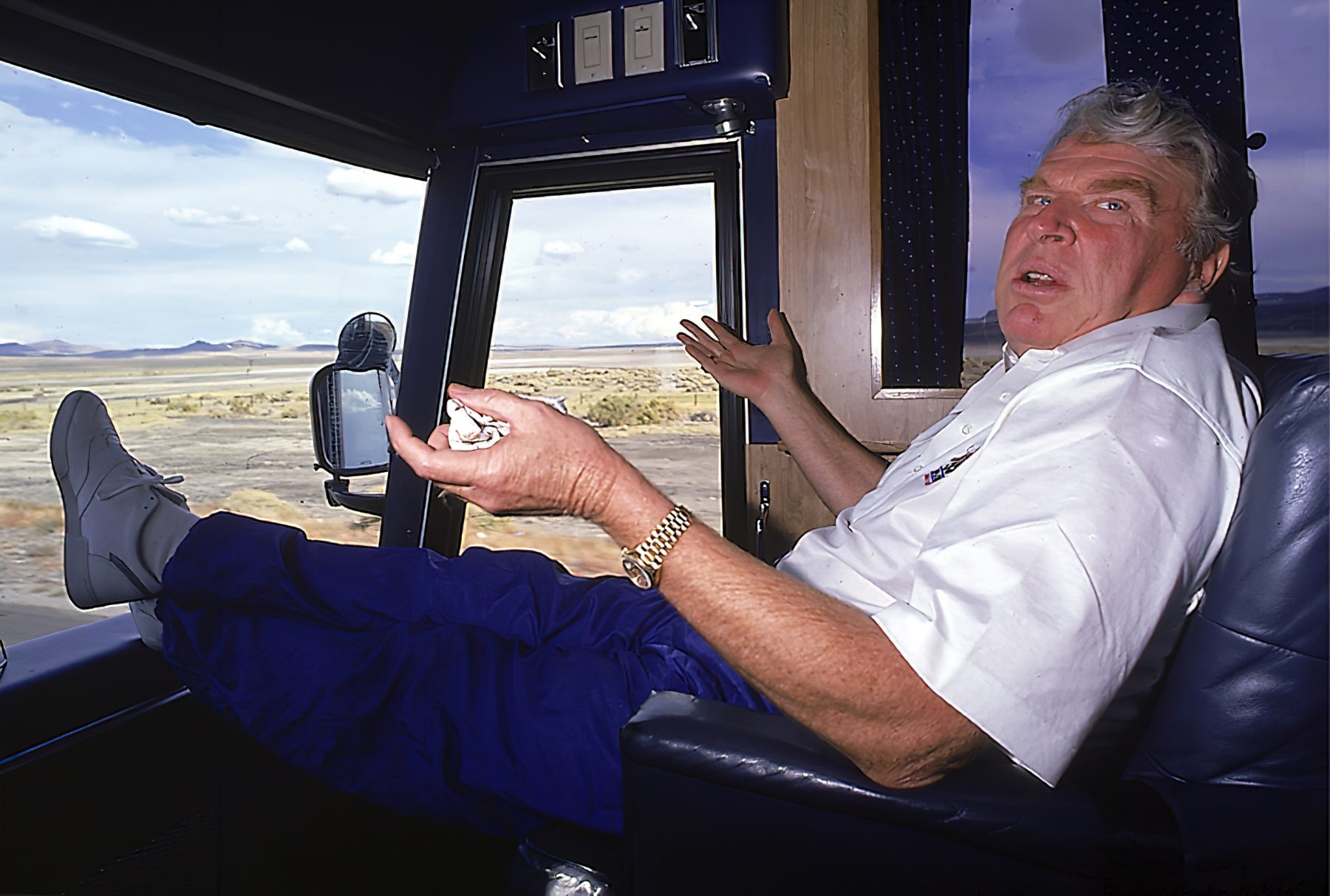Azamara CEO on Bringing Cultural Immersion to Ocean Cruises
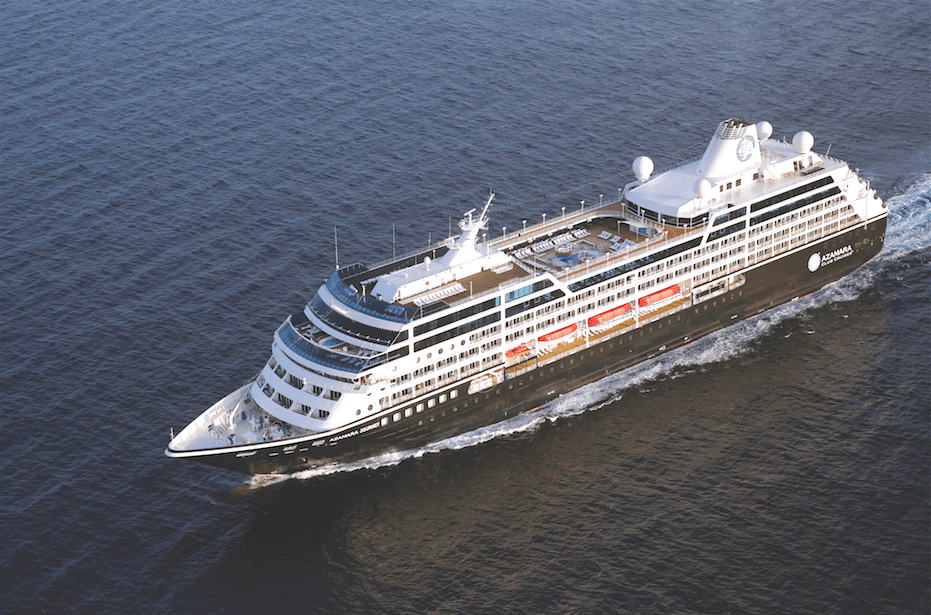
Skift Take
Azamara Club Cruises CEO Larry Pimentel wants to prove that ocean cruises can be just as immersive and interactive as the increasingly popular river cruises.
The Azamara brand was announced in 2007 and has been profitable since its first full year of operation in 2011. The two-ship operation is small by industry standards, holding 686 guests per ship, but is seeking to differentiate itself with culturally immersive programming, similar to river cruising, in destinations more often frequented by large ocean liners.
Although its branded AzAmazing Evenings are included in seven-plus day journeys, the majority of its culturally-influenced programmings like Land Discovery, Nights and Cool Places, and Insider Access are a paid product on top of the sail cost. A factor that makes it more than 90 percent participation rate high.
“The whole nature of this product is that the ship is really a conveyance and we literary explore the world’s best experiences by dealing with participative travel. The notion of participative travel is ‘I did,’ rather than ‘I saw,’ and it’s really functional participation,” Pimentel recently said in an interview with Skift.
An edited version of the interview, in which Pimentel discusses cruising trends and the opportunities for meeting guests' demand for local, culturally significant experiences, is below:
Skift: You explain Azamara’s cruise experience like a TED experience, with more interaction and participation. What’s the demographic of your primary customers? Do you have trouble attracting a millennial customer since cruising is so often targeted at an older demographic?
Larry Pimentel: The median age of our demographic is 56. Half of the people are younger than that so we can certainly get a millennial household. If I look at customers by geographical location, 50 percent of our clients are from North America. What’s very exciting about our product is that 50 percent are international guests and there are 40-plus nationalities on any average voyage. The two international areas that we have the highest concentration of guests from tend to be the United Kingdom and Australia. I would define the audience as exceedingly varied, depending on what the deployment is. If we’re at the Grand Prix, the average age will jump down to 41. If we’re at Carnival, it’s in the mid-forties.
Skift: Do you have any interest in attracting more millennial travelers, or is your target, with this deeper destination immersion, aimed at that median age?
Pimentel: I think that destination immersion as a whole transcends age. I think the number of people I see on our ships, whether they’re 20-year-olds or 30-year-olds, are generally fascinated with the geographical area or something that’s happening in the geographical area that brought the ship to the region.
In some cases, the motivation for travel has been multi-generational with a host of different ages within the family. I think we get the millennials when we’re doing more active travels. When it’s participative or more hands-on, they seem to be keenly interested.
What I would suggest at all ages is that guests are discriminating, find great joy in the connection to those they meet, are quite adventurous, and love the notion of travel beyond the package. I believe that they actually look at travel as growth and transformation.
In other words, when people begin to experience another culture, that culture allows them to grow and it’s exciting, interesting, and fascinating. Experiential travel is about being connected to cultures in other places. If you’re in Barcelona, it’s not just the Barcelona city tour. Where do residents in Barcelona actually go out to eat? What bars do they go to? It’s not necessarily just the tours so we attempt to put together those kinds of programs.
Millennials are very big into our “Cruise Global, Eat Local” program. They love the idea of eating with locals, whether it happens to be in Bangkok, Myanmar, central London, or wherever it happens to be. They are very fascinated with our programming that deals with insider access.
It’s taken us years to get this, but we recently started a program with a millennial couple in a village about 30 minutes outside of Amsterdam. This is a millennial couple who is living in the house of the gal’s great-great-grandmother with years and years and years of family tradition. They have a young child and are raising their family in this unique town.
We actually went to their home and they told us about their life, where they’re from, the problems of coming from different religious backgrounds, and the challenges of raising a child in their particular community. The guests were fascinated, listening about their lives, challenges, and opportunities.
Skift: Is it challenging to find the locals that participate in these kinds of experiences? What is the process for finding and vetting them?
Pimentel: It is difficult. It took us 18 months to set up the process in 60-plus countries. We contacted tourist offices, local in-bound operators, and embassies. We began to explain our concept and ask them about who they knew that might do this. We experimented with by setting up a few programs off a few ships with no major announcement or promotion. The delightful part of it is that we found people responded to programming that they couldn’t purchase anywhere else. All these programs are entirely unique and very special.
Let me give you another example from Amsterdam. Since the ships are in port at night, we went to Rembrandt’s house then when there are no lines. We not only do a showcase of the house, but the excitement for many of the guests is they get to use Rembrandt’s etching machine to actually produce an etch, which is basically black ink on a white piece of paper from the very type of machine that Rembrandt himself used. That was a very cool experience. It’s difficult to articulate the excitement and peoples’ own creativity in there, being in the same room Rembrandt.
Skift: Azamara is an interesting hybrid between an ocean cruise experience and more cultural, location immersive experience. What do you see the trend heading in terms of these experiences?
Pimentel: All of the sectors are growing, even in the traditional deep-water sector. River cruises are growing quicker, but one must calibrate the numbers to understand that. You have to understand that if you took the largest ship in the world, and we certainly don’t have it, but if you took an Oasis class ship then that is about half the riverboats in the world. That’s one deep-water sector ship. The point I'm making is you have to be very careful about the stats because the only way the stats begin to make a difference is in the context of the total raw numbers.
We are in a position between a riverboat and what is a traditional deep-water sector boat. In most cases a riverboat cannot go to the places we go, they can’t go to deep-water sector places, and that’s most of the world, I might add. The world is three-quarters water, so there’s an abundance of places to be able to do. We have, essentially, a specialized niche product.
I think the notion is not so much better as it is different. What I’ve noticed about travelers is that what often entices people, even in the field of technology, is how something enriches us. I think that’s something we tend to do with consistency and, as a result we’ve had the success that we’ve had, but it’s unique product niche. I can’t say that there’s a line of people who are competing to ride up against us, because we’ve done taken a very old concept of travel more, travel deeper and the concept of cruising and combined them along with the overnights that the river operators did.

